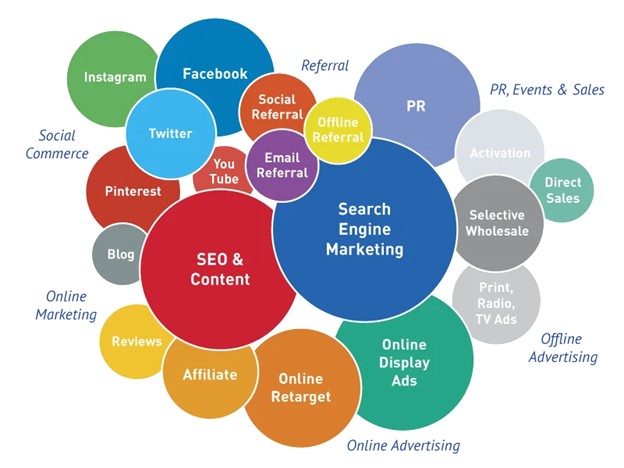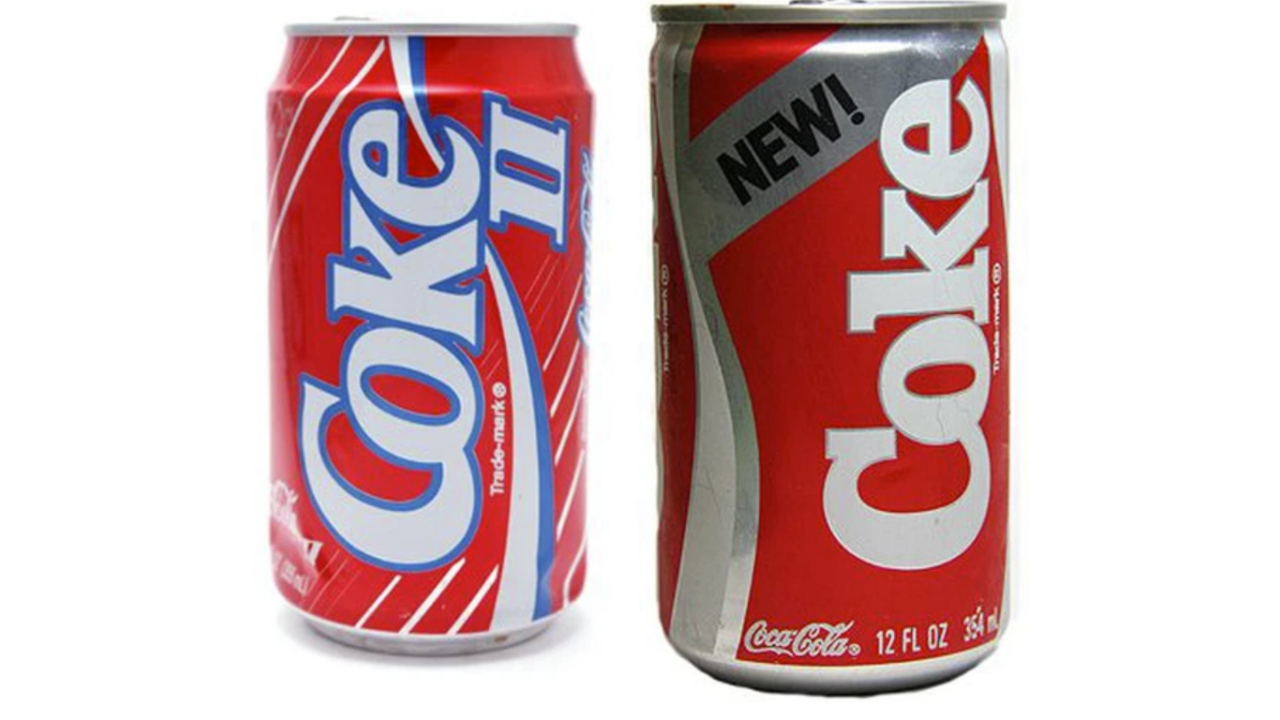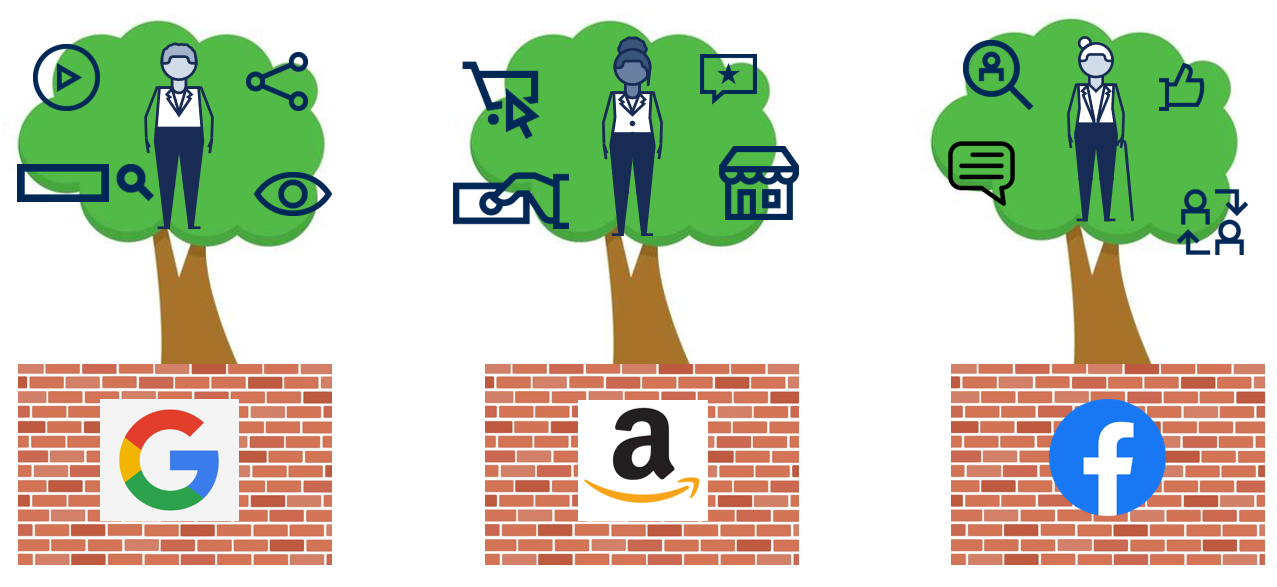If you are like most small, but mighty businesses, marketing automation rules are a powerful tool you need to use. They perform marketing and sales actions based on criteria that you specify to sort and help generate leads. The key is planning ahead so they support your existing marketing and sales processes.
This article is here to help you do the right things to automate your processes. However, many companies have already dug themselves a hole that needs to be corrected before they can take advantage of all that automation and rules have to offer.
Automation Repairs You Might Need First
Here are two common scenarios I encounter with clients who want all the benefits of automation but don’t realize that their foundational setups are not ready for automation yet.
- Company starts with a small list. Leaders don’t want to invest budget into a larger system claiming they don’t need all the features yet.
- Company buys into a full-service system and gets frustrated by the complexities of the setup process and does a half-hearted job during onboarding.
Number 2 is a common problem with Salesforce. Their onboarding specialists stay with you for free for ~90 days. Most companies think this is plenty of time to organize their plan. Eager sales leaders usually want to jump right into the funnel features and ignore the extremely important marketing field mapping elements that cause this problem from the very start.
Now that Salesforce purchased Pardot and has a Marketing Cloud, this has gotten a little better. However, they do charge for every new feature. If you add marketing tools after sales, I recommend paying for migration services to avoid doing more damage trying to DIY.
Using different platforms for email marketing and Customer Relationship Management (CRM) that are not integrated makes this a longer, more tedious process.
When companies begin to grow and realize they need automation rules, their lists, emails and CRM fields are in such a dysfunctional state that they tend to procrastinate fixing it.
Don’t be that company!
Marketing Automation Rules Matter
Without smoothe process flows and mapped fields, this disconnect keeps marketing and sales blind to behaviors that a lead is taking. Some of these can be important triggers and buying signals (e.g. downloading a case study, watching a product video). Without integration and rules, marketing and sales act independently and can send conflicting messages to the lead.

The detriment is an unsubscribe which is the marketing equivalent of a left swipe. The lead thinks, “They keep sending me information I don’t need and pushing for an appointment. I’m still trying to get information for my manager. This company doesn’t understand me.”
Why Use Marketing Automation Rules
Marketing automation can help reach your target audience with the right message at the right time and free up marketer’s time for more important tasks. According to Forbes, 82% of marketers saw a positive return on investment (ROI) from marketing automation.
Marketing isn’t the only team who benefit from marketing automation. Once established, rules help pre qualify leads for sales. It can turn off marketing communications when sales starts engaging with an actively interested lead. Sales usually doesn’t want marketing automatically sending top or middle of the funnel messages when the lead is clearly showing buying signals.
Basic Marketing Automation Rules
Start with clearly defining your sales cycle, your ideal leads, and which team owns the lead at each stage. Planning your marketing segmentation and how leads are sorted in the beginning will help you all the way through your sales cycle.
Prepare Your Lead Segments
Segmentation allows your company to reach different buyers with customized pitches, depending on factors that matter to both them and you. Here are some common segments.
- Product Interest
If you have multiple products, you can segment your targets based on their conversions on your site or ads related to your products. - Industry
In B2B, you may provide different industries with different products. Segmenting by industry will allow you to continue marketing with the right message. - Budget
When leads convert further into your funnel, asking about budget will help you categorize segments by how qualified they are for your products. - Region
This is important if you have sales territories or products that you only sell in certain geographies.
Automating Rules for Marketing to Sales Handoffs
Once you have planned which segments support your sales process, you’ll want to declare the point where marketing stops and sales begins. Your sales cycle is unique. Odds are, your sales cycle has a particular action that when taken tells sales the lead is ready.
- Behavioral Triggers
When a visitor clicks on an ad that leads to your website, that is a behavioral trigger. However, it’s not one that links to the individual lead – yet. It does tell you that your ad is working. That’s a good thing.
Triggers can be tracked after your lead converts someplace. This could be simple, like subscribing to your newsletter. If you offer downloads, webinars and other detailed content, you can definitely use their form data to benefit their journey.
- Lead Scoring
Once you get a conversion, lead scoring is a common way to determine when a lead is ready for sales. But, not always. It depends on your system of scoring.
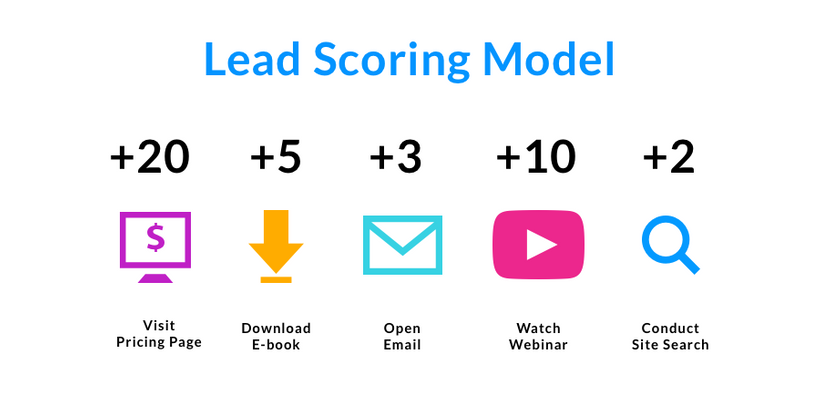
Automated marketing often relies on lead scoring to determine a lead’s level of engagement. However, if you make it too numerical you could easily tick off someone who is just starting their research into your business.
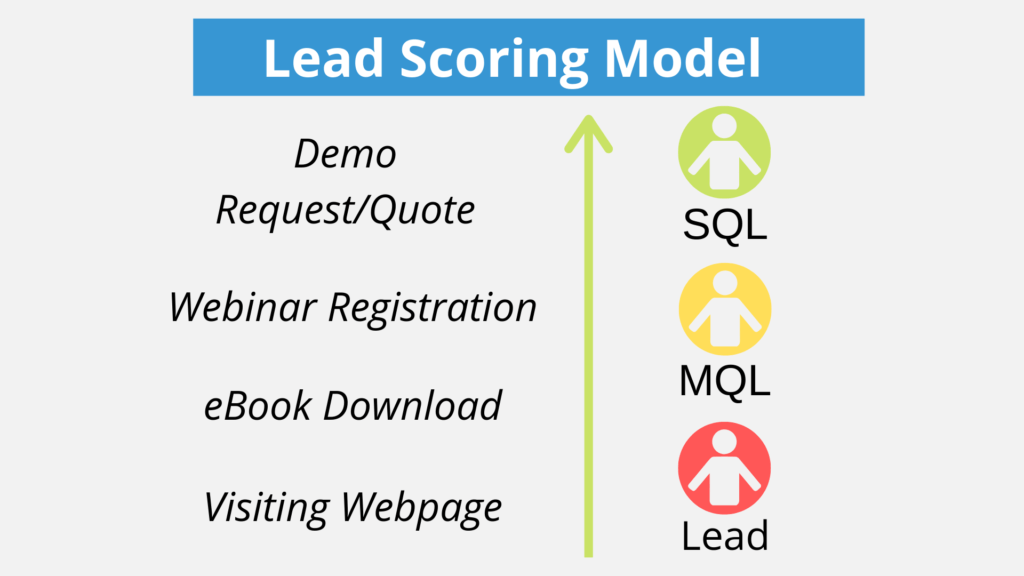
The method above defines the lead by qualification stage is better. It let’s the lead be in control. Why do I recommend this? If you were to send any lead who hits a certain numerical score or registers for a webinar to sales and the lead is not ready, they will most likely unsubscribe. Ouch!
Aggressive lead scoring makes sales managers happy and marketers frustrated. Sales thinks all leads should be called immediately! You may have heard that 70% of the sale is complete before leads want to talk to sales.
Only you know if that’s true for your company. It depends on how competitive your industry is, how long your average sale takes to close, the cost and process of closing a sale and more.

I tend to assume that people don’t want garbage sales pitches filling their inbox. Give them enough relevant information to get to know, like, and trust you before you unleash your sales hounds on them!
- Determine Buying Signals
There are obvious buying signals – request a demo – and subtle ones. Again, only you can decide what signals matter. Assuming all interactions with your brand are buying signals is NOT the way to go. Be courteous of your prospect and allow them to make the first move.
Connect Your Platform
Each of your platforms has API partners – approved integrations with other platforms that don’t break their platform. An API integrates mapped customer data across applications and platforms. They are important tools to make your systems “talk” to each other.
Common integrations are your website, CRM and your EDP – email delivery platform. Most of the bigs have APIs – Salesforce, Hubspot, Constant Contact, MailChimp, WordPress, for example. Initiate the API starting with your CRM and work backwards.
No API? No Problem
Not all platforms agree to play nice together. If Platform A’s engineers have rules for becoming an API partner and Platform B (your system) didn’t go through the API approval process, you will need to connect using a 3rd party system like Zapier.
Zapier automates API and other tasks. It has the ability to integrate over 3,000 applications and include built in actions, such as data conversion and multiple automation triggers. Try the free version first.
Help With Marketing Automation Rules
- Proprietary Software Platforms
If you use proprietary software platforms that don’t have API’s you will need automation help. First, try the platform’s customer support. They often have advanced services to connect software that doesn’t have an API. They will probably charge a fee, but it’s worth it.
- Marketing Automation Strategy
As part of a complete marketing strategy, your strategist should have identified the integrations you need. However, they may not have the skills to understand what connections you need. Strategy is a 10,000 foot view.
- Marketing Automation Specialist
Your company requires unique automation rules. An automation specialist can connect your platforms and implement custom automation rules you need for leads to flow throughout your systems.
The Pollock Marketing Group has over 18 years of marketing automation experience across numerous platforms. We can help you from strategy all the way through to implementation if you need. Reach out to discuss your project today.


